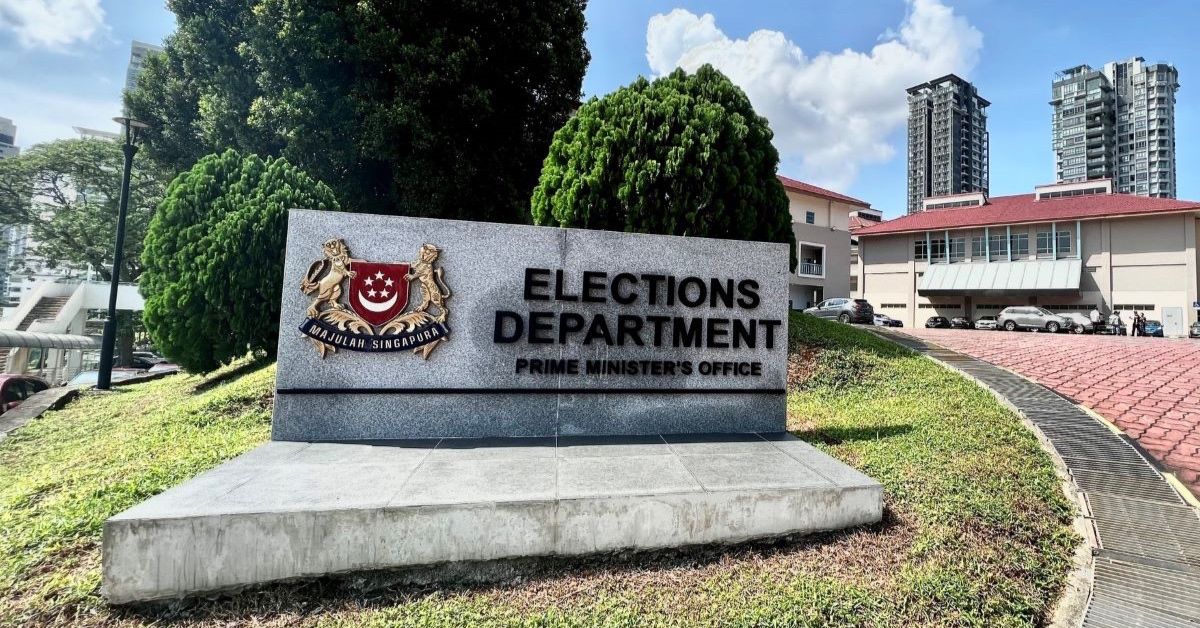Haiti’s southwest airport accepts international flights for first time after violence halts trips to capital
The Antoine Simon Airport in the coastal city of Les Cayes should be a safer option for commercial airlines

Your support helps us to tell the story
From reproductive rights to climate change to Big Tech, The Independent is on the ground when the story is developing. Whether it's investigating the financials of Elon Musk's pro-Trump PAC or producing our latest documentary, 'The A Word', which shines a light on the American women fighting for reproductive rights, we know how important it is to parse out the facts from the messaging.
At such a critical moment in US history, we need reporters on the ground. Your donation allows us to keep sending journalists to speak to both sides of the story.
The Independent is trusted by Americans across the entire political spectrum. And unlike many other quality news outlets, we choose not to lock Americans out of our reporting and analysis with paywalls. We believe quality journalism should be available to everyone, paid for by those who can afford it.
Your support makes all the difference.
An airport in southwestern Haiti is ready to receive international flights for the first time, officials said Wednesday, adding a safer option for commercial airlines that have halted all flights to the main airport in Port-au-Prince, where gang violence persists.
The Antoine Simon Airport in the coastal city of Les Cayes, named after a Haitian president who led a rebellion in the early 1900s, operated for almost two decades before renovations began in 2013 to extend its runway.
It is now Haiti’s third international airport, a development that is expected to boost the local economy and provide a new way for some nonprofits to distribute sorely needed aid.
“It’s really exciting,” said Wynn Walent, executive director of the Colorado-based nonprofit Locally Haiti, which operates in Haiti’s southwest. “For understandable reasons, folks are focused on the challenges in Port-au-Prince, but there is so much that can be done in the south. This could be a big step in that direction.”
Hugh Aprile, Mercy Corps’ regional director for Latin America and the Caribbean, celebrated the new runway, saying it’s possible more organisations will base their teams in Les Cayes instead of Port-au-Prince.
“Much of the needs are in the southern peninsula,” he said. “For us, this will be helpful.”
Leslie Voltaire, president of Haiti's transitional presidential council, traveled to Les Cayes to unveil the renovated airport Wednesday, saying it would help develop sectors including tourism.
“Infrastructure is the basis of a country’s economic development,” he said.
Most people traveling to Haiti land at the international airport in the north coastal city of Cap-Haitien, then travel by land or helicopter to the capital.
The Toussaint Louverture International Airport in Port-au-Prince remains open but commercial flights have been halted since gangs opened fire on three planes in November, slightly injuring a flight attendant.
The US Federal Aviation Administration extended a ban on US flights to Haiti’s capital until March 12.
It wasn’t immediately clear if US commercial flights will use the redeveloped airport, nor if any international flights have landed yet on the extended runway at Les Cayes.
Local media reported that technicians from the U.S. airline JetBlue arrived in Les Cayes to inspect the runway. The company did not immediately respond to a message seeking comment.
Martine Villeneuve, country director for Action Against Hunger, celebrated the renovated airport but noted it came too late for her organization.
Action Against Hunger was targeted by the recent USAID cuts and was forced to eliminate a nutrition and feeding program that served 13,000 people in Haiti’s rural northeast and south. Now, the organisation is focused on helping people in Port-au-Prince and the central Artibonite region.
“We are trapped in Port-au-Prince,” she said. “It’s very difficult to get in and out.”
Gangs control 85 per cent of the capital as well as all the main roads leading to the country’s north and south.
___
Associated Press reporter Evens Sanon in Port-au-Prince, Haiti, contributed.

 Troov
Troov 































